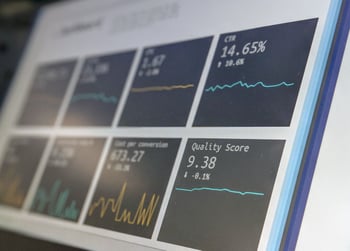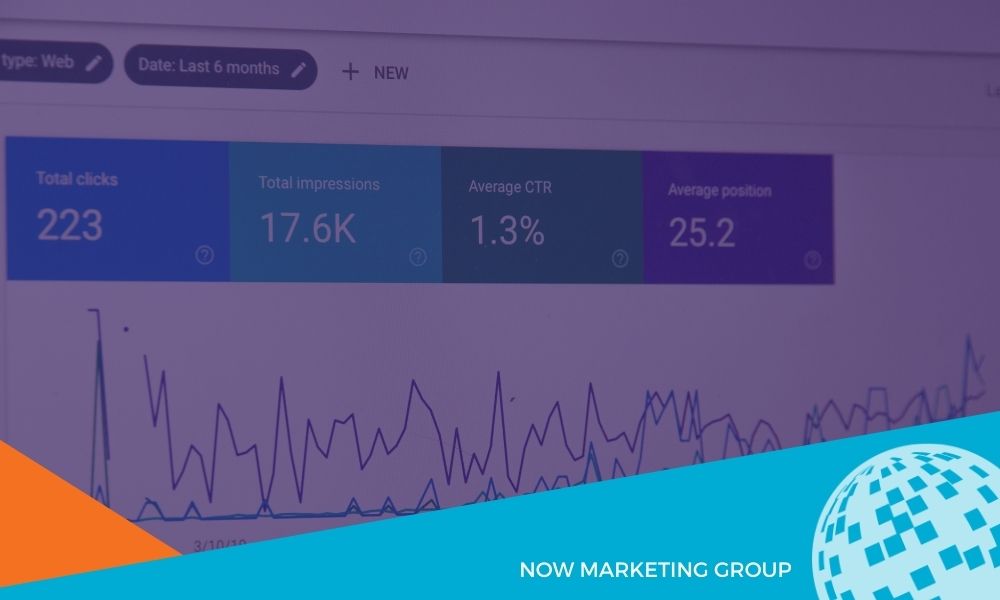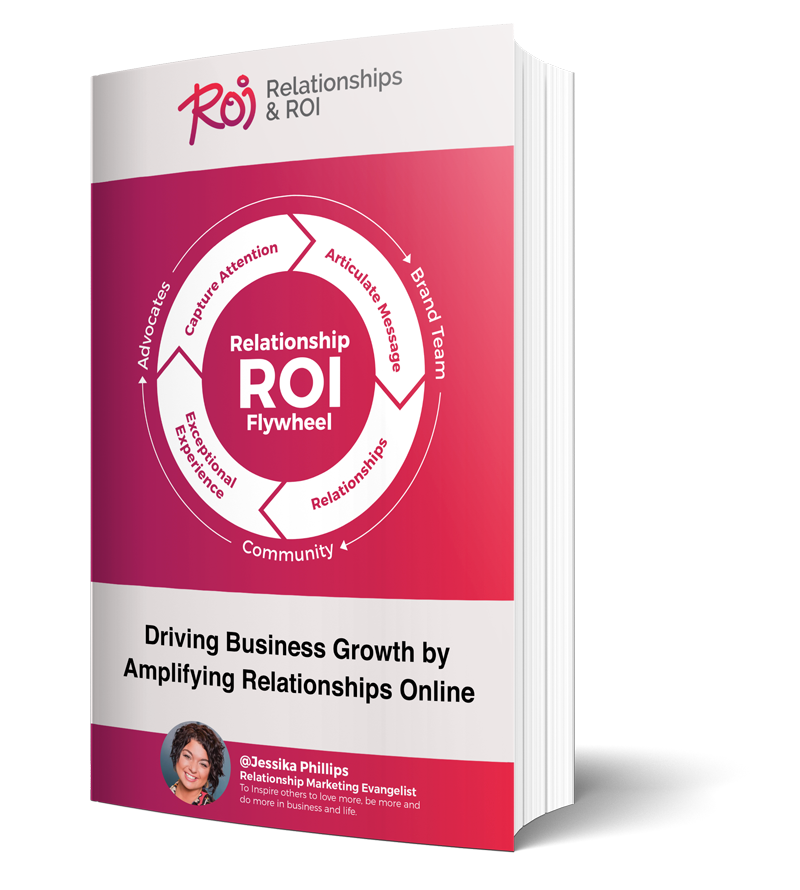The data available to us that lives inside of Google Analytics is vast. There are thousands of data points available to look at inside of the platform.
For many, it might seem overwhelming - especially if you’re new or unfamiliar with the platform.
However, understanding the Google Analytics Dashboard and how to make sense of the data it provides for us is a critical skill to have.
Let’s dive into the things you need to know about the Google Analytics dashboard.
Dissecting The Data:

There are three main categories inside of the GA dashboard. They can be broken down into:
- Audience
- User Acquisition Data
- User Behavior Data
In a sense, we can imagine our website as our property - like a home, hotel, or Airbnb that exists somewhere on the world wide web and our analytics dashboard is the circular report that answers questions about our “tenants” aka the who, what, how, where and sometimes why of our website visitors.
Let's take a deeper look at our three main categories and the questions they answer:

- Audience: This information includes the WHO of your property (website) - for example, those people visiting your website and can provide data points such as age, gender, country of residence, language, and whether they are a new or returning visitor.
- User Acquisition Data: This information includes the HOW of your visitors - for example, how those visitors have gotten to your website. They may have been directed to you by another website, social media channel, or paid campaign, by clicking on a link to eventually land on your site or particular page. Essentially it’s the route they took to get to you.
- User Behavior Data: This is the data collected about your visitors while they are browsing your site. Broadly speaking, it answers the questions: "What are they doing", "How long did they stay?", "Where did they spend most of their time?", and even "Which exit are they using the most?". It can also show you how engaged they were with your website:- did they navigate to other website pages, check out the blog linked on the landing page they entered on, sign up for that Free Offer?
As marketers, we’re asked to prove ROI on a daily basis, especially if paid campaigns are leveraged. If you are spending advertising dollars in the digital space, and are NOT accessing Google Analytics, you’re missing a big piece of the strategic puzzle.
 Take this scenario for example which shows the power of this data in truly driving our strategy forward.
Take this scenario for example which shows the power of this data in truly driving our strategy forward.
Imagine you are the owner of a bed and breakfast in a beach town in Italy. -Living the dream- Your basic rooms are always booked because the area is in high demand, but your deluxe villas are rarely reserved.
You decide to lower the price to cater to the younger backpackers that you typically see. After all, a paying customer is better than no customer at all, right? What if you knew that simply by changing a sign at the train station that said "Free Shuttle to [insert bed and breakfast name], making it easier to read and clearly visible, you'd be able to attract more mature visitors that would be more than happy to reserve your deluxe villas above market value? My guess is that you'd probably upgrade that sign pretty quickly.
>> Reviewing your analytics will help you adjust that “sign” aka your paid ads and your marketing message.
A/B testing and conversion events, when set up in Google Analytics, can help you determine what resonates best with those qualified consumers engaging with your campaigns which helps make those conversions.
When spending those precious advertising dollars you need to ask yourself “For What Purpose?” Google Analytics can help you determine where to place your time and your budget to answer that question.
 Why Bounce Rate Matters:
Why Bounce Rate Matters:
Another piece of data that we strongly recommend checking out is your bounce rate, which can be found in the User Behavior data.
To circle back to our above bed and breakfast example, you might be able to see in your User Acquisition data that a lot of visitors found you from a paid promotion on hostelworld.com, but there are also a lot of other visitors who found you on your Hotels.com promotion as well, and these visitors seem to immediately leave when they go to the "sign-up for our free shuttle" page.
What does this mean?
It shows you that they were interested in the deluxe villas and that the pricing wasn't an issue because they engaged a lot with the property info pages and virtual tours. (It’s worthwhile to pause our example here for a second to highlight the fact that Google Analytics lets us see the pages that people are most engaged with. This is HUGE data that can amplify social strategies when it comes to determining which website pages are worth creating content to promote!)
Back to our example… Looking at the free shuttle page, you may see it has a high bounce rate for this specific demographic/audience referral source, and decide to create a new landing page for visitors from Hotels.com instead. The beauty of Google Analytics is that it tells you what works and what doesn’t. The adage: “numbers don’t lie” in this scenario paints a picture for us as to how we can make updates that better speak to our target audience.

What should you do?
On that new landing page, experiment with a clearer font and a stronger call to action; for example, try using "sign up for your complimentary transport now" instead of "Free shuttle." Test placement of those CTAs, and images and text - adjust the placement on the landing page to prioritize that next step you’d like that visitor to take.
Next, optimize that landing page for whatever device this demographic is primarily using. You can find that information under the Audience tab - selecting mobile overview and choosing “age” for a secondary dimension. You’ll be able to see if they are accessing your website via mobile device, laptop, tablet, or desktop computer.
After making the updates, adjust your ad so it is directing those hotel.com visitors to this new page and watch the numbers.
The most important thing to consider with this >> We want to make sure this page loads quickly, isn't complicated, and is engaging for the target demographic.
Putting It All Together:
The reality is that Google Analytics can help you to uncover so much information about user behavior that helps you to determine what are the best, next steps to take in our marketing efforts.
 Referencing back to our bounce rate example: an ad, when analyzed through your Google Ads dashboard might seem like it has good engagement metrics, but yet people aren’t converting or booking a room in your hotel.
Referencing back to our bounce rate example: an ad, when analyzed through your Google Ads dashboard might seem like it has good engagement metrics, but yet people aren’t converting or booking a room in your hotel.
When you jump into the Google Analytics dashboard and see that actually a lot of people are indeed traveling to that page, but aren’t staying long, it’s time to take action. You need to follow the whole data story to truly learn how your marketing efforts can perform most optimally.
The main point is that you can test different pages for different demographics or paid social channels and campaigns, and download a bounce rate report from your analytics dashboard to get more insights on speed and device optimization.
To learn more about the latest Google updates, watch our February episode of NOW & Them, our monthly live show.
Ultimately, there are endless ways that Google Analytics can inform us about our audience and potential customers, which is why it is important to take the time to understand the data and create a strategy or action plan based on the story those numbers are telling.
Are you using Google Analytics to shape your website and/or social media strategy? Need help diving into the data? We’re here to help!




Comments